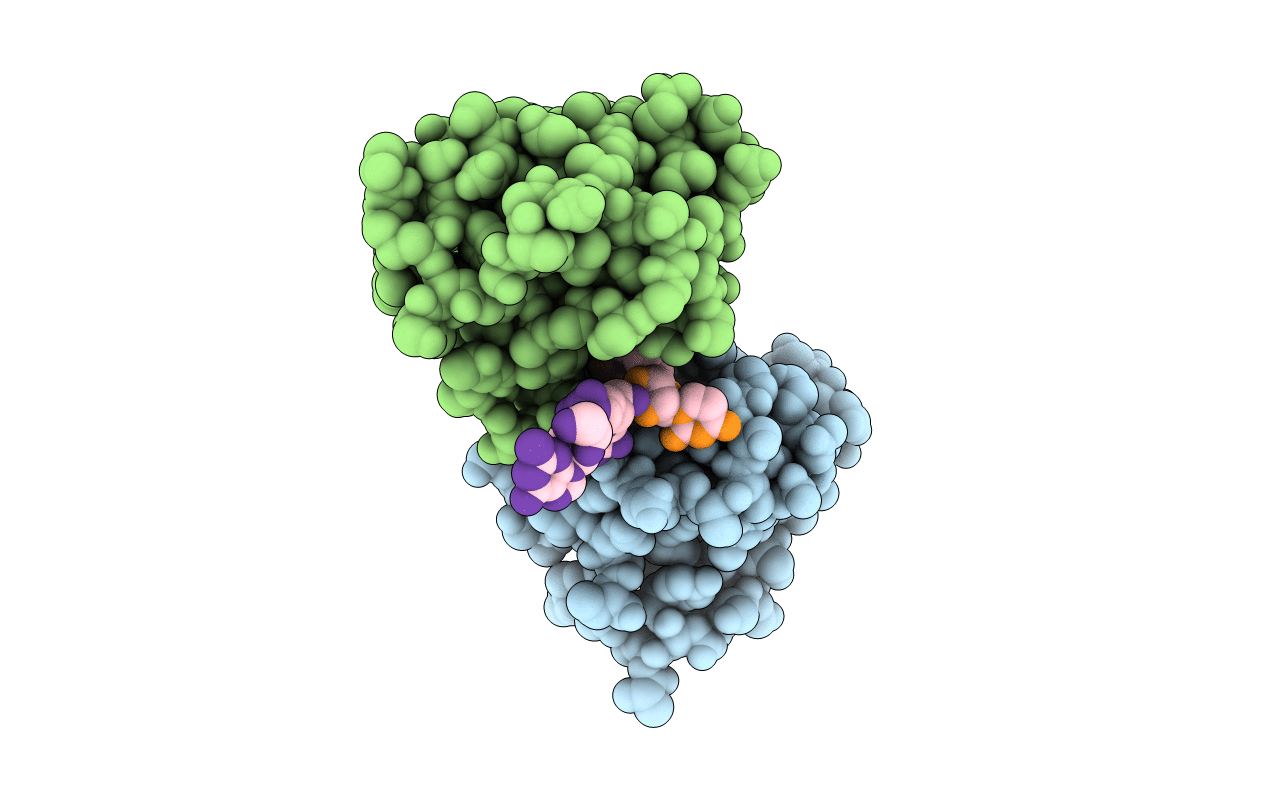
Deposition Date
1998-11-27
Release Date
1999-03-25
Last Version Date
2024-10-30
Entry Detail
PDB ID:
1B2M
Keywords:
Title:
THREE-DIMENSIONAL STRUCTURE OF RIBONULCEASE T1 COMPLEXED WITH AN ISOSTERIC PHOSPHONATE ANALOGUE OF GPU: ALTERNATE SUBSTRATE BINDING MODES AND CATALYSIS.
Biological Source:
Source Organism:
Aspergillus oryzae (Taxon ID: 5062)
Method Details:
Experimental Method:
Resolution:
2.00 Å
R-Value Free:
0.25
R-Value Work:
0.18
R-Value Observed:
0.18
Space Group:
P 21 21 21


